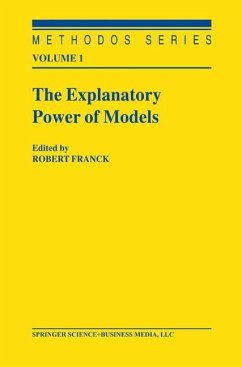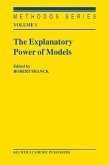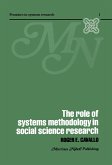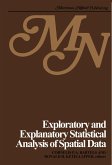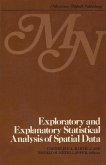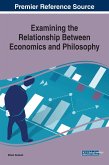Empirical research often lacks theory. This book progressively works out a method of constructing models which can bridge the gap between empirical and theoretical research in the social sciences. This might improve the explanatory power of models. The issue is quite novel, and it benefited from a thorough examination of statistical and mathematical models, conceptual models, diagrams and maps, machines, computer simulations, and artificial neural networks. These modelling practices have been approached through different disciplines.
The proposed method is partly inspired by reverse engineering. The standard covering law approach is abandoned, and classical induction restored to its rightful place. It helps to solve several difficulties which impact upon the social sciences today, for example how to extend an explanatory model to new phenomena, how to establish laws, and how to guide the choice of a conceptual structure.
The book can be used for advanced courses in research methods in the social sciences and in philosophy of science.
The proposed method is partly inspired by reverse engineering. The standard covering law approach is abandoned, and classical induction restored to its rightful place. It helps to solve several difficulties which impact upon the social sciences today, for example how to extend an explanatory model to new phenomena, how to establish laws, and how to guide the choice of a conceptual structure.
The book can be used for advanced courses in research methods in the social sciences and in philosophy of science.
From the reviews: "This book is first in a new series of collected essays on methodological problems and issues facing the social sciences. ... There are ... lots of enthusiastic supplementary commentaries from the editor in each part of the book ... . contains the most useful and also highest quality material: it is well worth reading. ... this book will find a useful place on the shelves of research libraries. Researchers interested in modelling approaches can reach for it ... ." (Myles Gould, Environment and Planning B: Planning and Design, Vol. 32 (5), 2005)

